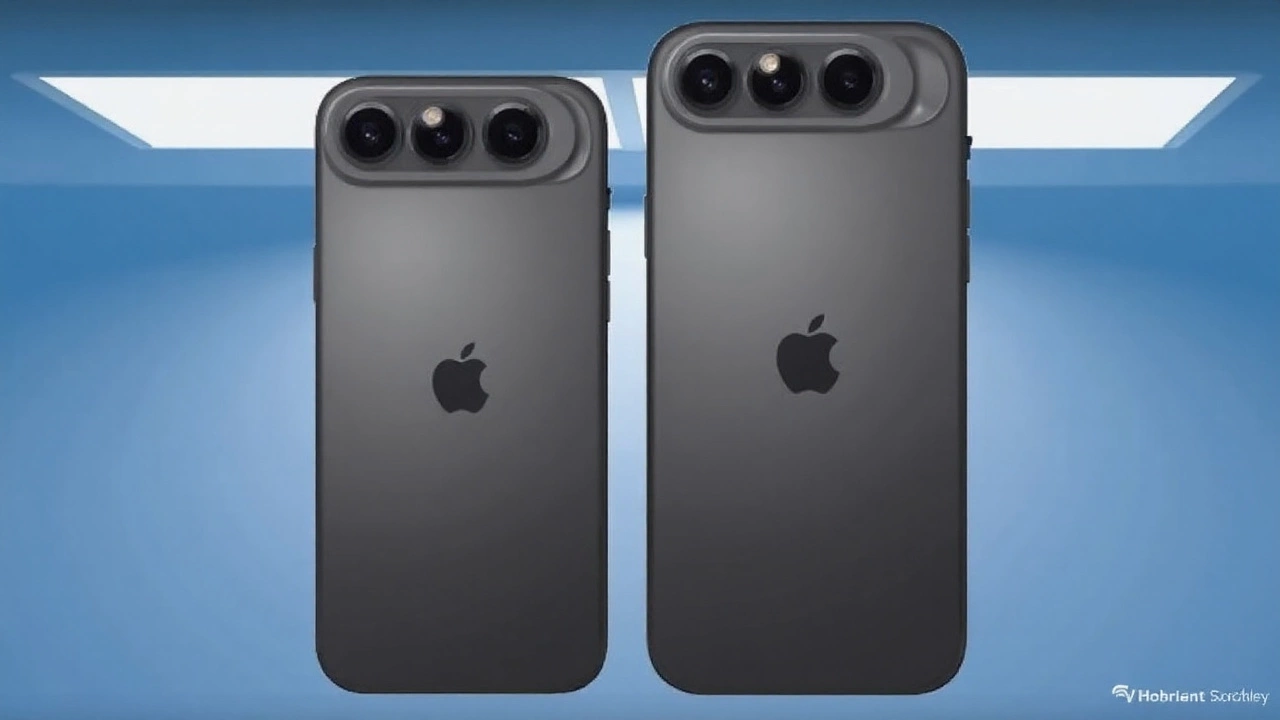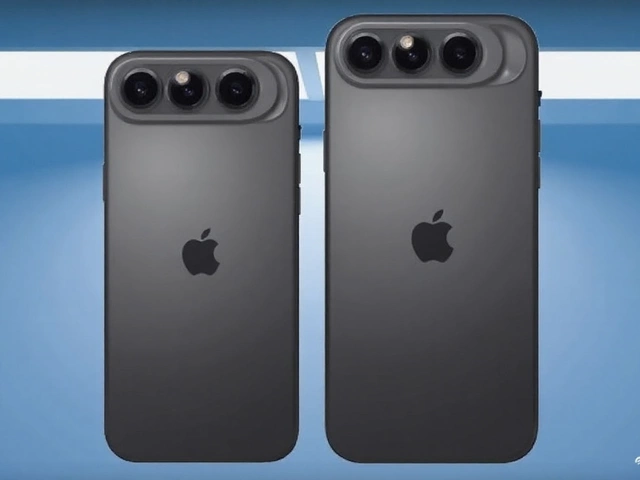When Apple rolled out the iPhone 17 family in September 2025, most fans expected a sleek design and a few new camera tricks. Instead, the headline was a $100 price bump on the top‑end iPhone 17 Pro, pushing it past the $1,100 mark. The jump isn’t about a fancier finish – it’s about a trade war that’s tightening around Apple’s supply chain like a noose.
Why the price jump matters
The new series comprises four models: the base iPhone 17 at $799, the ultra‑thin iPhone 17 Air at $949, the Pro at $1,100, and the Pro Max at $1,249. On paper, those numbers look like a routine tiered pricing plan. In reality, they’re a direct response to the expiration of tariff exemptions on August 14, 2025. Until then, Apple enjoyed a sweet spot where duties on Chinese‑made iPhones were either waived or reduced. With that window closing, import taxes of roughly 25% are set to kick back in.
President Donald Trump and Commerce Secretary Howard Lutnick have been pressing hard for iPhones to be built in the United States. Their argument is simple: a home‑grown supply chain safeguards jobs and national security. Apple’s CEO Tim Cook, however, has called the demand “unrealistic.” Moving production from sprawling factories in China and emerging lines in India to a fledgling U.S. ecosystem would take years – and analysts warn it could send average iPhone prices soaring into the $2,000‑$3,000 range.
To keep the political heat down, Cook pledged a $500 billion U.S. investment over four years, later nudging the figure to $600 billion. He even presented Trump with a 24‑karat gold‑plated statue as a goodwill gesture. Yet, the underlying math hasn’t changed: a 25% duty on a $800 phone is a $200 hit, forcing Apple to decide whether to absorb it, pass it on to consumers, or trim its profit margins.
Beyond tariffs, the iPhone 17 line also rolls out technical upgrades that could justify a higher price tag. The A19 chip powers a suite of AI features that Apple says will make Siri smarter (though the full Siri overhaul won’t land until 2026). Camera upgrades include a wider‑angle front lens and a new landscape‑mode that works without rotating the device. The iPhone 17 Air can record front and rear video simultaneously, while the Pro models get heftier telephoto lenses for better zoom.
Apple's options under the trade war
Faced with mounting pressure, Apple has three main levers to pull:
- Raise retail prices. The company could hike affected models by up to 17%, which would align with the duty rate but risk alienating price‑sensitive buyers.
- Streamline its lineup. Dropping lower‑margin variants could cut costs, but it would also shrink the ecosystem that fuels accessory sales and carrier deals.
- Absorb costs. This would protect the price point but squeeze profit margins, potentially hurting Apple’s earnings and its ability to fund future R&D.
So far, Apple appears to be betting on a mixed approach: modest price increases paired with aggressive supply‑chain diversification. India is now a major production hub, chipping away at China’s dominance. While the Indian factories can handle many components, they haven’t yet reached the scale or speed of the Shenzhen‑area fabs that assemble the bulk of iPhones each night.
The trade war’s timing couldn’t be worse for Apple. The iPhone 16, released in 2024, underperformed analyst expectations, partly because promised AI features lagged behind competing Android flagships. Siri’s delayed upgrade left many users feeling the software side was stagnant, even as hardware improvements rolled out.
Investors are watching closely. Apple’s market cap slipped 6% this year, even as the Nasdaq index climbed 13%. The gap reflects a nervousness that Apple’s growth engine – new iPhone sales – could stall if price sensitivity spikes or if regulatory hurdles keep climbing.
Still, Apple’s brand power remains immense. Even a $1,100 Pro model will likely sell out quickly if supply constraints keep demand high. History shows Apple can command premium pricing when it couples a fresh design with a strong narrative – the “do‑it‑yourself” AI camera tricks, the A19’s raw performance, the promise of a more secure, U.S.-made phone.
What will happen when the August deadline hits? If duty exemptions vanish, we could see quarterly earnings reports peppered with margin warnings, or perhaps a fresh rollout of “Made in USA” branding on a limited‑run batch of iPhones assembled in new Texas or Arizona facilities. The latter would be a headline grabber, but it would also come with a premium cost that could push the Pro’s price well over $1,200.
For everyday consumers, the practical impact is relatively simple: the next iPhone you buy may cost a few hundred dollars more, and the choice of where it’s built might influence how you feel about your purchase. For Apple, the stakes are bigger: navigate the trade war correctly, and the company can preserve its profit engine; stumble, and we could see a shift in the smartphone market’s power balance.

